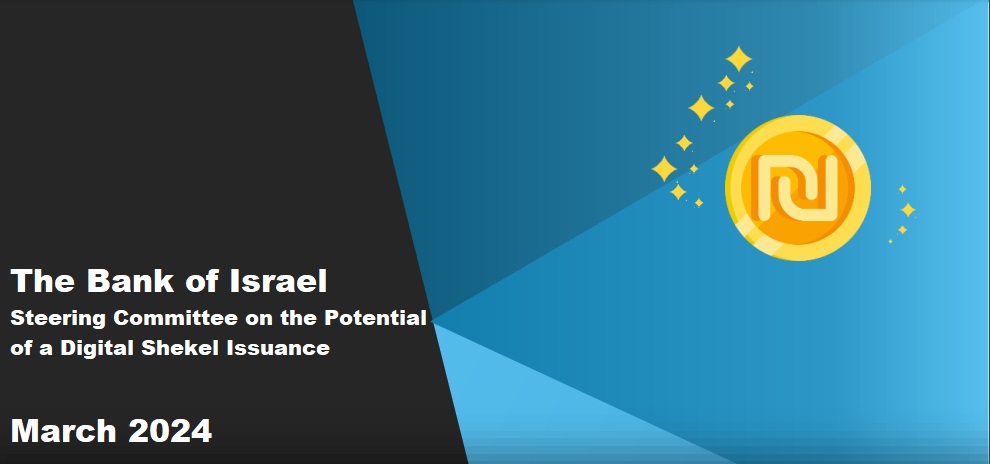
The Bank of Israel’s approach is that the intermediaries that provide end users with access to the digital shekel system would not develop financial exposure.
Similar to other central banks that are considering a potential design and issuance of a retail central bank digital currency (CBDC), the Bank of Israel is examining a two-tier model for operating a digital shekel system. In this model, end users will access the central bank digital currency through private-sector intermediaries. This paper examines architecture alternatives for implementing the two-tiered system. The paper was written as part of the design process of a digital shekel.
The issue of the architecture of a two-tier model has recently taken on greater significance in the work of other central banks that are examining the possible issuance of a CBDC. For instance, the European Central Bank and the Bank of England carried out technological tests and joint work with the private sector to examine this issue.
The recently completed “ Project Sela” in which the Bank of Israel worked together with the BIS Innovation Hub and the Hong Kong Monetary Authority (HKMA) featured the implementation of a certain two-tier model architecture based on technology that was examined in the project and business requirements posed by the project’s participants. In particular, the architecture implemented the Bank of Israel’s approach that the intermediaries that provide end users with access to the digital shekel system would not develop financial exposure. This approach is also the basis for the architecture proposed in this paper, which was inspired by the architecture in „Project Sela”.
The alternatives in the paper were examined with an emphasis on a number of main topics: types of participants in the system; functional distribution between the participants in providing an end-to-end solution; central bank digital currency distribution model to end users; and various alternatives for realizing the back-end layer—or system “engine”—that will be established and managed by the Bank of Israel.
The analysis presented in the paper leads to a number of main conclusions regarding central aspects of the logical architecture for the CBDC system, particularly for the digital shekel system:
. Types of participants in the system: Beyond digital shekel payment service providers, the paper details various types of institutions that manage current accounts for customers, which will be required to enable conversion from the account they manage, or from cash, to the digital shekel. In addition, the payer outlines the possibility of integrating an additional type of system participant that will provide optional value added services.
. Distribution model: The conclusion in the paper is that the optimal model is an indirect distribution model, as part of which the Bank of Israel will distribute digital shekels to the institutions that manage end user’s accounts, and those will support distribution to the end users. This model has several advantages; in particular, it supports better performance of funding and de-funding operations, and it constitutes a step towards a multipurpose digital currency, because the use of the same system by both financial institutions and end-users can pave the way for a system that supports both retail and wholesale use cases.
. Back-end layer: The paper presents the principles for managing the settlement engine, with a clear separation between the settlement action and information management.
. The initial principles regarding the system’s interoperability with existing and future infrastructures.
We emphasize that the entire paper—and the conclusions chapter in particular—were written from an agnostic approach to the technological implementation of the architecture. At this stage of the project, the project team is not working on choosing between various technologies (for instance, distributed ledger technology or traditional database technology). However, awareness of the existence and applicability of such technologies obviously influence the thinking about the logical architecture.
Banking 4.0 – „how was the experience for you”
„To be honest I think that Sinaia, your conference, is much better then Davos.”
Many more interesting quotes in the video below: